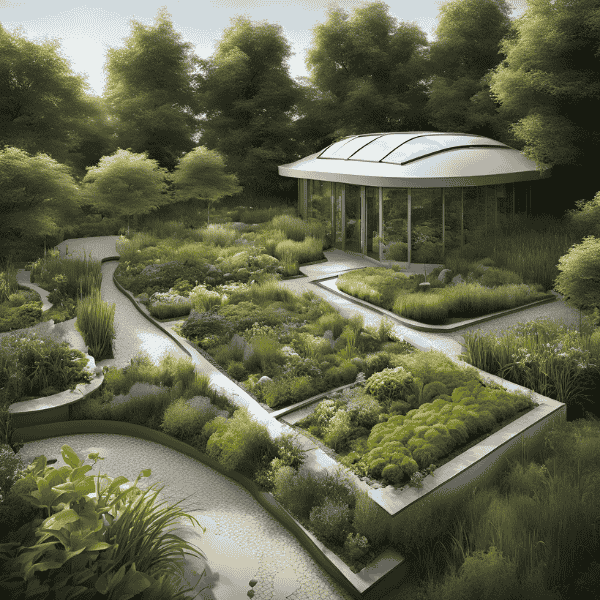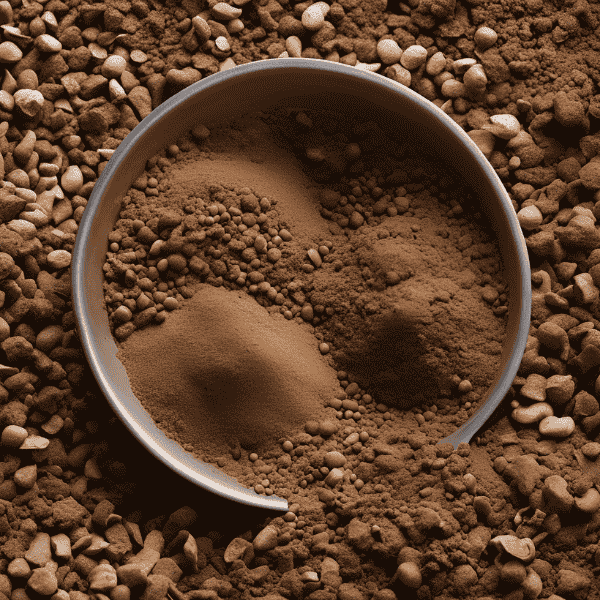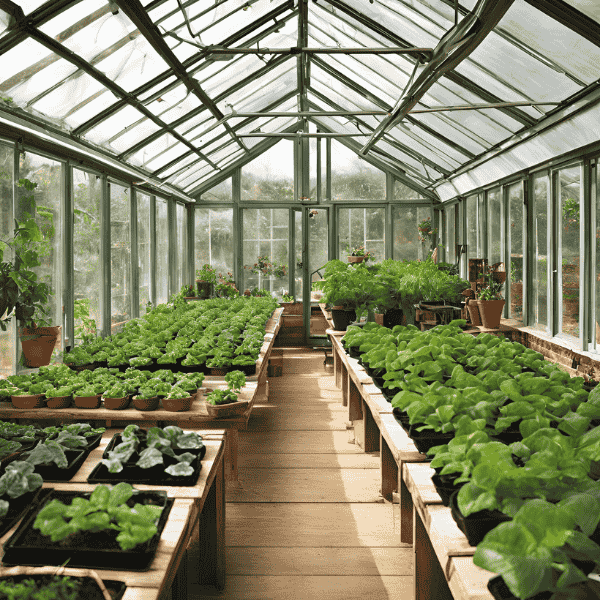Hydroponic Gardening: Growing Plants Without Soil

Ever dream of growing lush, healthy plants without the need for soil? It may sound like something from a sci-fi movie, but it’s actually a technique called hydroponics. Hydroponic gardening allows you to grow plants in nutrient-rich water, giving you the freedom to cultivate plants almost anywhere—whether it’s on your kitchen countertop or in a dedicated indoor garden. If you’re curious about this unique gardening method, you’re in the right place! Let’s dive into the basics of hydroponics and how you can start your own soil-free garden.
What Exactly is Hydroponics?
At its core, hydroponics is simply a way of growing plants without soil. Instead of traditional dirt, plants receive their nutrients through water that’s enriched with essential minerals. This method allows plants to grow faster and healthier, as they have direct access to all the nutrients they need to thrive. Hydroponics can be used for growing a variety of plants, from leafy greens like lettuce to herbs, strawberries, and even tomatoes!
One of the biggest benefits? You don’t have to worry about poor soil quality, weeds, or even certain pests. Hydroponics gives you complete control over the plant’s environment, allowing you to optimize conditions for healthy growth.
How Does Hydroponics Work?
It’s all about the water! In hydroponics, plants are grown with their roots submerged in a water solution that contains nutrients like nitrogen, phosphorus, potassium, calcium, and other essential elements. The water is carefully balanced, ensuring that the plants can absorb these nutrients efficiently.
There are a few different hydroponic systems you can choose from, each with its own unique way of delivering water and nutrients to your plants. Some of the most popular systems include:
- Wick System: A simple system where a wick draws the nutrient solution up into the plant’s roots.
- Deep Water Culture (DWC): The roots of the plants are submerged in a nutrient-rich water reservoir. This system is great for larger plants.
- Nutrient Film Technique (NFT): A thin film of nutrient solution flows over the plant roots, ensuring constant access to nutrients without the roots sitting in standing water.
- Aeroponics: The plant roots are suspended in air and misted with a nutrient solution—perfect for fast-growing plants.
Why Try Hydroponic Gardening?
Now, you might be wondering, “Why should I try hydroponic gardening?” Well, let’s look at some of the advantages:
- Faster Growth: Without the constraints of soil, plants can take up nutrients more efficiently, leading to faster growth. Some plants grown hydroponically can grow up to 50% faster than those in soil!
- Space-Saving: Hydroponics is perfect for small spaces. Whether you have a small apartment or limited outdoor space, you can set up a hydroponic garden on your windowsill, countertop, or balcony.
- No Weeding: With no soil, weeds don’t stand a chance! This means you can focus on nurturing your plants, not pulling unwanted plants out of the ground.
- More Control: You can fine-tune the growing environment to suit your plants. Things like light, water temperature, and nutrient levels can all be adjusted to meet the specific needs of your crops.
- Less Water Waste: Hydroponics is a more water-efficient gardening method. The water in hydroponic systems is recycled, so you don’t have to worry about excessive water usage. It’s a great option for areas where water conservation is important.
Getting Started with Hydroponics
Ready to try your hand at hydroponic gardening? Here are a few basic steps to get you started:
- Choose Your Plants: Some plants thrive better in hydroponic systems than others. Start with easy-to-grow plants like lettuce, spinach, or herbs (basil, mint, cilantro). Once you get the hang of it, you can try more advanced crops like tomatoes or strawberries.
- Select a Hydroponic System: Depending on your space and what you want to grow, choose a hydroponic system that works best for you. For beginners, a simple Wick System or Deep Water Culture setup is usually a good start.
- Set Up Your System: Once you’ve selected your system, you’ll need to set it up with containers, a water reservoir, a pump (if needed), and a nutrient solution. You’ll also need to ensure your plants get enough light—either from natural sunlight or grow lights.
- Add Nutrients: Plants need more than just water! Add a balanced, water-soluble fertilizer to the water to give your plants the nutrients they need. Make sure to monitor the nutrient levels to keep your plants happy.
- Monitor and Maintain: Regularly check your system to ensure it’s running smoothly. You’ll want to monitor the pH levels, water temperature, and nutrient concentration. Keeping everything in check will help your plants grow strong and healthy.
Conclusion: Give It a Go!
Hydroponic gardening is an exciting and rewarding way to grow plants—whether you’re an experienced gardener or a total newbie. It allows you to grow your favorite plants without the hassle of soil, and you can even do it indoors! Whether you want to grow fresh herbs for your kitchen or experiment with growing your own tomatoes, hydroponics offers a whole new world of gardening possibilities.
So, why not give it a go? With just a few basic supplies and a bit of patience, you can start your very own hydroponic garden and enjoy the satisfaction of growing plants without soil. Happy gardening!



